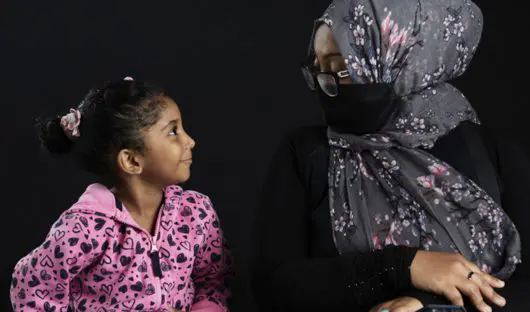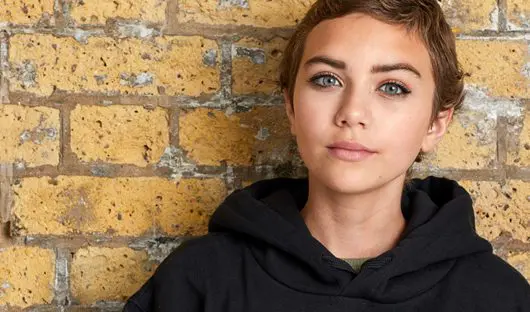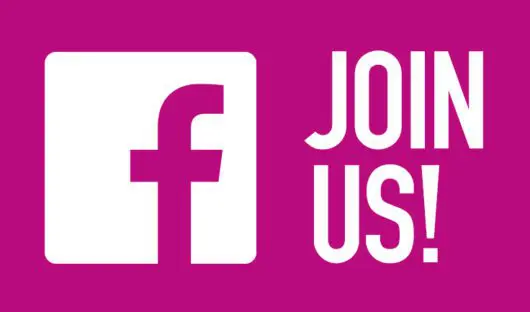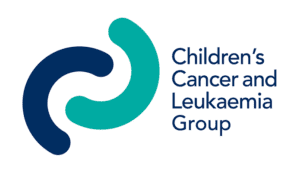Langerhans cell histiocytosis (LCH)
This information is about a condition called Langerhans cell histiocytosis (LCH) in children. There has been some controversy about whether LCH is a cancer but it is classified as such, and sometimes requires treatment with chemotherapy. About 50 children in the UK develop LCH each year. It can affect children of any age, and is more common in boys than in girls.
LCH is an unusual condition. It has some characteristics of cancer but, unlike almost every other cancer, it may spontaneously resolve in some patients while being life-threatening in others. LCH is classified as a cancer and sometimes requires treatment with chemotherapy. LCH patients are therefore usually treated by children’s cancer specialists (paediatric oncologists/ haematologists).
The vast majority of children will recover completely from LCH.
Langerhans refers to Dr Paul Langerhans, who first described the cells in the skin which are similar to the cells found in LCH lesions.
Histiocytosis refers to histiocytes which are cells that are part of the immune system, and are found in many parts of the body. There are two types of histiocytes:
- macrophage/monocyte cells – these destroy harmful proteins, viruses and bacteria in the body
- dendritic cells – these stimulate the immune system.
Langerhans cells are dendritic cells and are normally only found in the skin and major airways. In LCH, the abnormal dendritic cells that look similar to Langerhans cells may be found in different parts of the body, including the bone marrow, skin, lungs, liver, lymph glands, spleen and pituitary gland. When these abnormal dendritic cells accumulate in these tissues, they may cause damage.
LCH is divided into two groups:
Single-system LCH – when the disease affects only one part of the body, for example the skin or the bone
Multi-system LCH – when it affects more than one part of the body.
Causes
The cause of LCH is unknown. In recent years, it has become apparent that LCH cells carry one of a range of mutations (eg. BRAF V600E, MAP2K) that causes these dendritic cells to act in an abnormal way, causing LCH. It is not yet clear why and how this mutation occurs but this discovery provides us with potential targets for new experimental therapies. These mutations are not present in the cells of the rest of the body and are therefore not passed on in families.
Signs and symptoms
The symptoms of LCH will depend on which part of the body is affected and whether the disease is affecting more than one part of the body. The lymph glands may be enlarged, and the child may be irritable and have a poor appetite.
Pain in the bone and/or swelling and lumps on the skull can occur if LCH is affecting the bone. A skin rash such as cradle cap or nappy rash may occur if the skin is affected. A discharge from the ear or hearing problems can occur if the ear is affected. The child may have breathing difficulties if LCH affects the lungs or chest. Tummy problems such as diarrhoea and liver problems including jaundice can occur if LCH affects the gut or liver.
In 10–20% of patients with multi-system disease, the pituitary gland at the base of the brain is affected, causing hormonal problems. This can lead to the child passing larger amounts of urine and being very thirsty. This is called diabetes insipidus, which is different from sugar diabetes and can be well-controlled with specific medicines. Occasionally, other pituitary hormones may be affected, causing poor growth or delayed puberty, which can also be treated.
How LCH is diagnosed
A variety of tests and investigations may be needed to diagnose LCH. Tests are likely to include the removal of a sample of cells from an affected part of the body (a biopsy). This is usually done in an operation under a general anaesthetic. The cells are then examined under a microscope. X-rays are taken of the bones, the skull and the lungs. Blood and urine tests will also be done. Additional scans and tests may be required depending on which parts of your child’s body is affected. These tests help the doctors decide whether the disease is a single-system or multi system type.
When your child is having the tests, they may need to stay in hospital. Any tests and investigations that your child needs will be explained to you.
Treatment
Single-system LCH may disappear without any treatment but some patients do require treatment. Surgery, corticosteroids and oral indomethacin are some of the treatments used in single-system LCH.
Multi-system LCH (and some single-system LCH) is treated with chemotherapy with or without corticosteroids. The length of treatment varies from child to child.
Chemotherapy is anti-cancer (cytotoxic) medication that can destroy cancer cells, and corticosteroids are hormonal substances that are naturally produced in the body. Both chemotherapy and corticosteroids can help to destroy the LCH cells.
Treatment with drugs inhibiting specific, disease-causing mutations in LCH cells is currently under investigation (in high risk disease refractory to standard treatments).
Clinical trials
Many children have their treatment as part of a clinical research trial. Trials aim to improve our understanding of the best way to treat an illness, usually by comparing the standard treatment with a new or modified version.
Most treatment trials for LCH are set up and organised by The Histiocyte Society, a group of international specialists in histiocytosis. If appropriate, your child’s medical team will talk to you about taking part in a clinical trial and will answer any questions you may have. Written information is also provided to help explain what taking part in a trial means.
Taking part in a research trial is completely voluntary, and you’ll be given time to decide whether it’s right for your child.
Follow-up care
It is important to know that the vast majority of children will recover completely from LCH.
Some children however, are left with persistent/recurring problems and for a very small number of patients with multi-system LCH, it can be a life-threatening condition. After successfully completing treatment, patients will have follow-up clinic appointments. LCH sometimes comes back (‘reactivates’) and may need treatment again. If this happens, treatments for LCH that have worked for them before may be effective again. The same or different treatment may then be required. Patients are also monitored for possible permanent consequences of the disease (e.g. a low production of certain hormones, hearing problems) and may need treatment for these conditions.
If you have specific concerns about your child’s condition and treatment, it’s best to discuss them with your child’s specialist medical team who know the situation in detail.
Useful LCH links
International partnership of patients, families, physicians and friends, which aims to promote scientific research and education related to histiocytosis.
Dedicated to supporting patients and their families, raising awareness of histiocytic disorders and funding research to find a cure. It also publishes the ‘Langerhans cell histiocytosis (LCH): A Parent’s Guide’.
This information was written by the Children’s Cancer and Leukaemia Group (CCLG)
You might also want to look at
My child has cancer
If you're a parent or carer of a child diagnosed with cancer, get the right help and advice for us to support you.
My child has cancer
I have cancer
Your go-to place for everything you might need when you've been diagnosed with cancer.
I have cancer
Join our Facebook groups
Meet others with similar experiences, share your views and have your voice heard.
Join our Facebook groups
